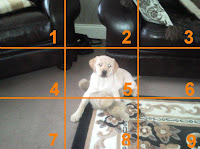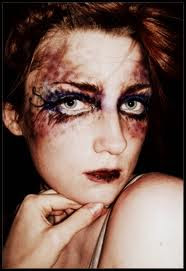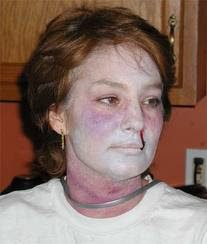Equilibrium. (Todorov)
Establishing shots.
Range of angles.
fast paced in areas.
woman voice over.
Crescendos in music to change atmosphere.
catchy storyline.
silence to encourage eerieness.
screams - frightening
Dark mise-en-scene to suggest something bad is going to happen.
Driving rock score kicks in when the pace becomes faster - creates excitement.
'missing' people - good storyline.
heartbeat.
diegetic & non-diegetic sound.
Police - authority.
vulnerabilty.
AS A GROUP WE ANALYSE AROUND 20 HORROR TRAILERS. HERE IS A SAMPLE OF SOME BRIEF ANALYSIS WE DID.







